-
Welcome to BirdForum, the internet's largest birding community with thousands of members from all over the world. The forums are dedicated to wild birds, birding, binoculars and equipment and all that goes with it.
Please register for an account to take part in the discussions in the forum, post your pictures in the gallery and more.
new jersey
-
B
South NJ, USA - Loon, Merganser, or Cormorant? (distant, blurry)
Spotted today at the confluence of a Delaware River tributary. The waters are somewhat tidal here. Snowy with frozen water nearby. High-contrast black cap/mask, black body, with bright white throat/neck. Canada Geese (and other ducks?) in frame for comparison. First time poster, sorry if this...- bbfieldsparrow
- Thread
- ducks new jersey south jersey
- Replies: 6
- Forum: Bird Identification Q&A
-
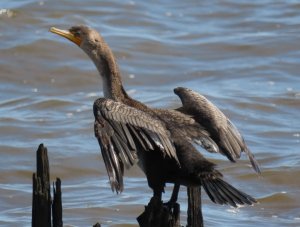
double-crested cormorant
Enjoying the first sunny weekend in a long time- MergusSerrator
- Media item
- cliffwood beach double-crested cormorant nannopterum auritum new jersey
- Comments: 3
- Category: North America
-
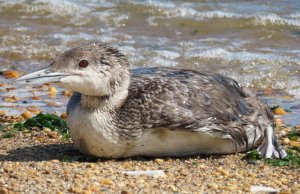
Common loon
I thought there was something wrong when I saw him crawl out of the water, but then I learned their legs are so far back, they can't walk on land.- MergusSerrator
- Media item
- cliffwood beach common loon gavia immer new jersey
- Comments: 4
- Category: North America
-
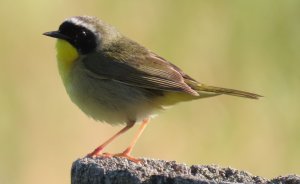
Common yellowthroat
A common yellowthroat- MergusSerrator
- Media item
- common yellowthroat geothlypis trichas new jersey
- Comments: 2
- Category: North America
-
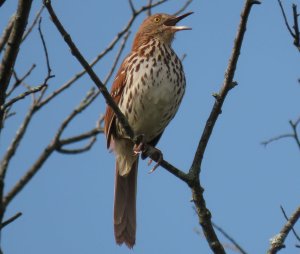
Brown thrasher
Serious looking talons on this brown thrasher- MergusSerrator
- Media item
- brown thrasher new jersey toxostoma rufum
- Comments: 6
- Category: North America
-
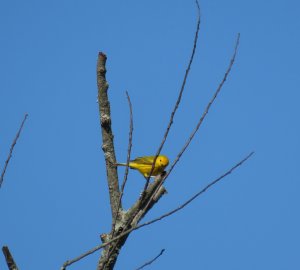
Yellow Warbler
A cute yellow warbler- MergusSerrator
- Media item
- new jersey nj setophaga petechia yellow warbler
- Comments: 2
- Category: North America
-
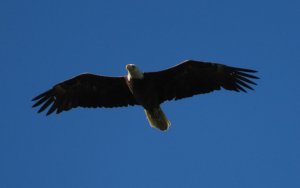
Bald Eagle
Wasn't expecting a bald eagle- MergusSerrator
- Media item
- bald eagle haliaeetus leucocephalus new jersey nj somerset
- Comments: 3
- Category: North America
-
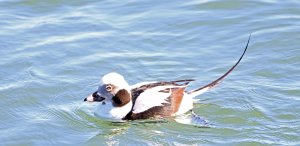
LongTailedDuck_3685-SD.jpg
Long-tailed Duck male in winter plumage.- GTeig
- Media item
- duck new jersey sea
- Comments: 4
- Category: North America
-
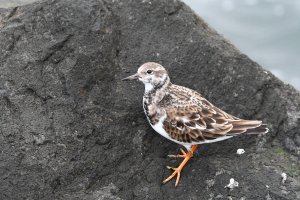
DSC_0717.JPG
Ruddy Turnstone- 0$ParkingTicket
- Media item
- new jersey shore bird
- Comments: 3
- Category: North America
-
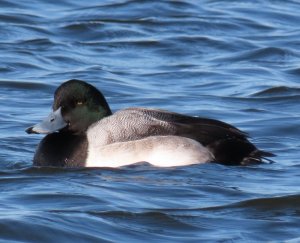
Greater scaup
A greater scaup sharing an inlet with brants, mergansers, and bufflehead- MergusSerrator
- Media item
- aythya marila canon sx70 hs greater scaup new jersey
- Comments: 1
- Category: North America
-
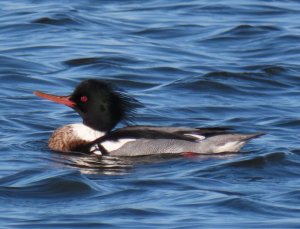
Red-breasted merganser
My favorite bird- MergusSerrator
- Media item
- canon sx70 hs mergus serrator new jersey red-breasted merganser
- Comments: 5
- Category: North America
-
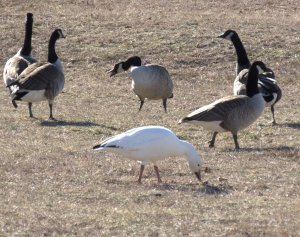
Snow goose
A single snow goose joined this flock of Canada geese. A rare sighting in these parts.- MergusSerrator
- Media item
- anser caerulescens new jersey sandy hook snow goose
- Comments: 3
- Category: North America
-
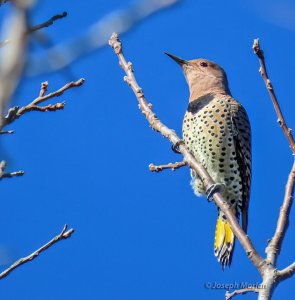
Northern Flicker
Formerly split under the name Yellow-shafted Flicker, this eastern woodpecker was combined with the western Red-shafted Flicker with both lumped into the Northern Flicker in 1982. There is a hybrid zone extending from Alaska to Texas where intermediate birds are found. The two former species are...- jmorlan
- Media item
- colaptes auratus new jersey northern flicker usa
- Comments: 1
- Category: North America
-
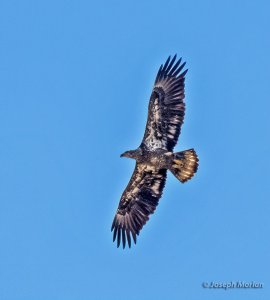
Bald Eagle
One of an astonishing 52 Bald Eagles tallied passing over the Cape May hawk watch viewing platform that day. Exact ageing can be tricky, but this immature type is usually called "sub-adult II." It still has a dark head with some white mottling and a mottled belly. Note also the uneven...- jmorlan
- Media item
- bald eagle haliaeetus leucocephalus new jersey usa
- Comments: 1
- Category: North America
-
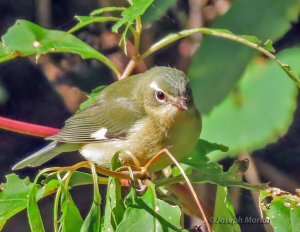
Black-throated Blue Warbler
Migration peaks in mid-September and is mostly over by mid-October so this was a rather late straggler. These females invariably foraged very low to the ground where they blended well with the leaf litter. Easily confused with other species, notice the white "check" mark at the base of its...- jmorlan
- Media item
- black-throated blue warbler new jersey setophaga caerulescens usa
- Comments: 3
- Category: North America
-
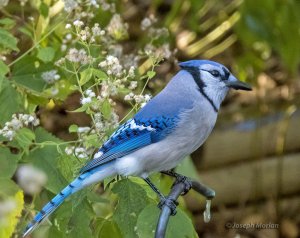
Blue Jay
This common but attractive Eastern North American species was visiting a water feature behind the observatory headquarters. Their crest often lies flat as seen here. This is presumably the darker northern race "C. c. bromia" characterized by larger, more extensive white markings on its wings and...- jmorlan
- Media item
- blue jay cyanocitta cristata new jersey usa
- Comments: 3
- Category: North America
-
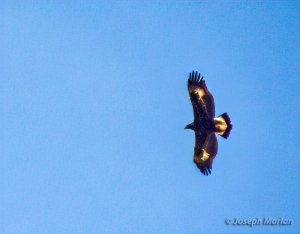
Golden Eagle
First spotted by Steve Bauer, this impressive eagle generated much enthusiasm at the hawk watch observation deck. Still rare in the East, this was only the second one recorded here this season. It takes them more than five years to achieve full adult plumage. Exact ageing of immature birds such...- jmorlan
- Media item
- aquila chrysaetos golden eagle new jersey usa
- Comments: 2
- Category: North America
-
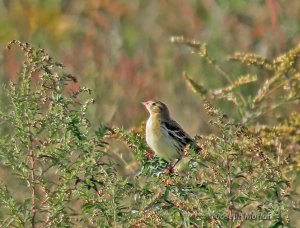
Bobolink
We were not expecting to see this species for which Fall migration is usually over by mid-October. They are super long-distance migrants wintering in South America. This straggler was the only one we saw. This species is listed as threatened by the state of New Jersey because of serious...- jmorlan
- Media item
- bobolink dolichonyx oryzivorus new jersey usa
- Comments: 3
- Category: North America
-
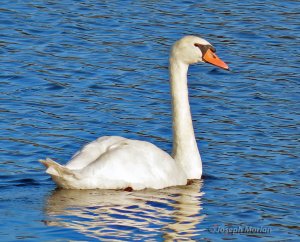
Mute Swan
These conspicuous, graceful all white swans were introduced from Europe to the United States in 1910 and first detected in New Jersey in 1916. They are now very common around Cape May. Now usually considered a pest, they can be very aggressive and are believed to contribute to declines of native...- jmorlan
- Media item
- cygnus olor mute swan new jersey usa
- Comments: 4
- Category: North America
-
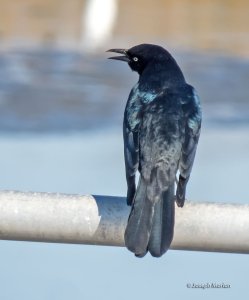
Boat-tailed Grackle
Formerly absent from New Jersey, this species expanded its range north in the 1950's and bred in New Jersey in 1952. It is now common in suitable habitat (reed beds) along the New Jersey shoreline. Birds in New Jersey are the light-eyed subspecies "Q. m. torreyi" which ranges from Long Island...- jmorlan
- Media item
- boat-tailed grackle new jersey quiscalus major usa
- Comments: 4
- Category: North America
-
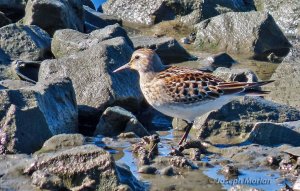
White-rumped Sandpiper
A long distance migrant from breeding grounds in the High Arctic tundra to wintering grounds in South America. Much of their migration is off-shore. In New Jersey, Fall migration peaks in late August and early September and drops off through November. All the ones we saw were in nice crisp fresh...- jmorlan
- Media item
- calidris fuscicollis new jersey usa white-rumped sandpiper
- Comments: 2
- Category: North America
-
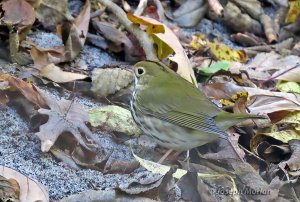
Ovenbird
An early Fall migrant in New Jersey starting in August with peak numbers in early and mid September. This one was an unusually late straggler. A terrestrial warbler that walks among the dead leaves, they typically bob their heads and cock their tail as they strut on the ground. This is...- jmorlan
- Media item
- new jersey ovenbird seiurus aurocapilla usa
- Comments: 4
- Category: North America
-
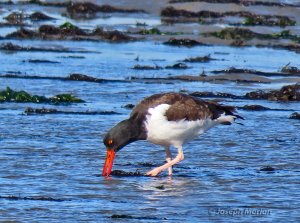
American Oystercatcher
Extirpated from New Jersey by the beginning of the 20th century, these oystercatchers recolonized starting in the 1940's and are now locally fairly common again. In winter they sometimes form large flocks. Their distinctive bright red bills are used like a knife to shuck bivalves, but they also...- jmorlan
- Media item
- american oystercatcher haematopus palliatus new jersey usa
- Comments: 4
- Category: North America
-
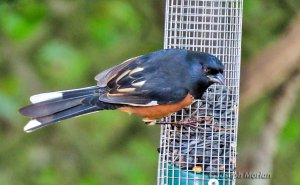
Eastern Towhee
This is a male visiting a feeder behind the observatory headquarters. Females are similar but are brown, not black on their head and back. Widespread in Eastern North America, they are an abundant breeder and fairly common migrant in New Jersey, becoming scarce in winter. They like to forage in...- jmorlan
- Media item
- eastern towhee new jersey pipilo erythrophthalmus usa
- Comments: 4
- Category: North America
-
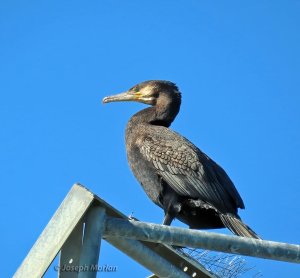
Great Cormorant
The largest of the North American Cormorants, they are a rather scarce migrant and winter visitor to New Jersey from breeding grounds in Maine and the Maritime Provinces. Although they have increased in recent years they are greatly outnumbered by the abundant Double-crested Cormorants The two...- jmorlan
- Media item
- great cormorant new jersey phalacrocorax carbo usa
- Comments: 3
- Category: North America



